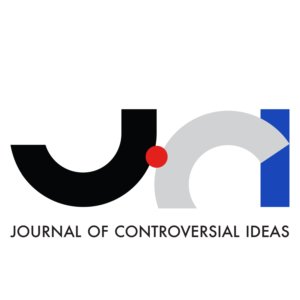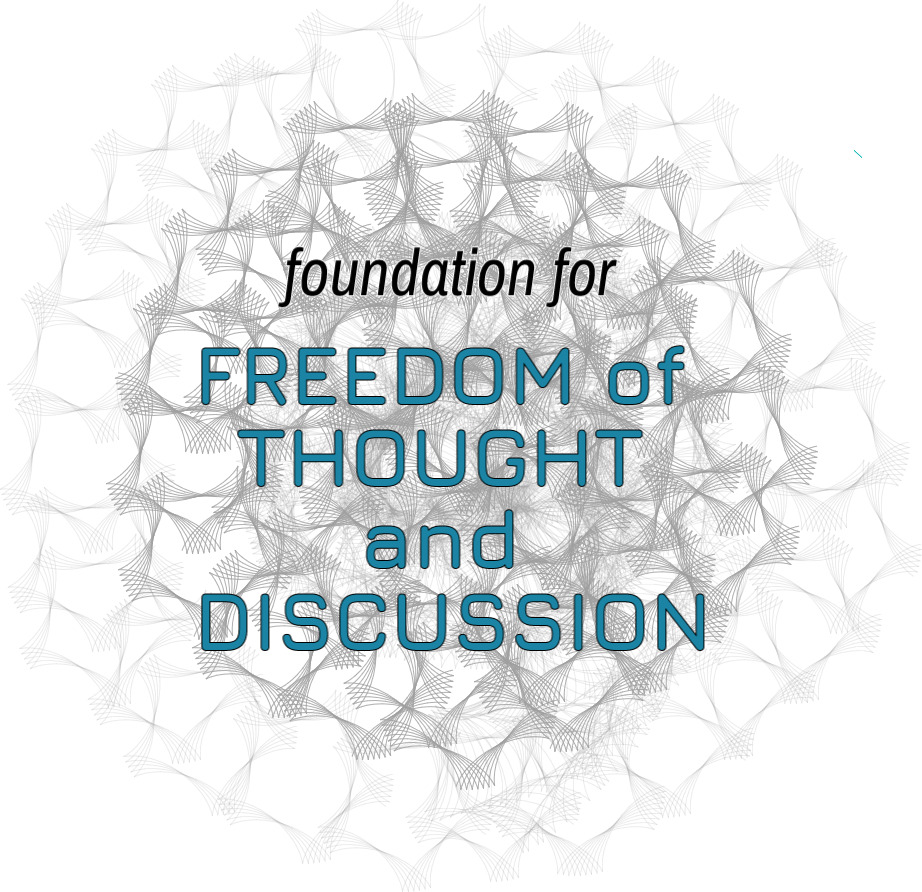Table of Contents
Controversial Ideas, Volume 5, Issue 1 (April 2025)
Controversial Ideas 2025, 5(1), 5; doi: 10.63466/jci05010005
Received: 25 Apr 2025 / Accepted: 25 Apr 2025 / Published: 30 Apr 2025
PDF Full-text (84kb) | XML Full-text
Editorial
Full article
Controversial Ideas 2025, 5(1), 3; doi: 10.63466/jci05010003
Received: 23 Jan 2024 / Accepted: 6 Jan 2025 / Published: 30 Apr 2025
PDF Full-text (151kb) | XML Full-text
Racial disparities of medical care have been well documented for decades. That much is clear. Less clear are the cause or causes. By the time of the historic 2003 report by the Institute of Medicine (IOM), investigators had uncovered a pervasive pattern of
[...] Read more.
Racial disparities of medical care have been well documented for decades. That much is clear. Less clear are the cause or causes. By the time of the historic 2003 report by the Institute of Medicine (IOM), investigators had uncovered a pervasive pattern of disparities – often, however, without access to clinical or socioeconomic data which might help explain them. It was in these circumstances that the authors of the IOM report adopted the theory of unconscious bias as the ultimate explanation of observed disparities of care. The theory of a profound bias working outside the holder’s awareness and control seemed to many to account for patterns of disparate treatment as nothing else could. However, to this day there exists little good evidence that such bias warps clinical decisions – certainly not enough to bear out the sweeping theory of a psychological mechanism that operates automatically. Impressive in principle but doubtful in practice, the theory of unconscious bias does not account for the evidence but covers its absence, just as it did when it was enshrined in the IOM report in 2003.
Full article
Controversial Ideas 2025, 5(1), 2; doi: 10.63466/jci05010002
Received: 5 Jan 2024 / Accepted: 18 Jan 2025 / Published: 30 Apr 2025
PDF Full-text (464kb) | XML Full-text
This article exposes the sabotage of a much-needed, empirically based reform to reading instruction by an educational bureaucracy captured by a highly ideological, but evidence-poor contemporary Critical Theory. In 2023, Ontario’s Ministry of Education (Ministry) replaced its 2006 elementary language curriculum in response
[...] Read more.
This article exposes the sabotage of a much-needed, empirically based reform to reading instruction by an educational bureaucracy captured by a highly ideological, but evidence-poor contemporary Critical Theory. In 2023, Ontario’s Ministry of Education (Ministry) replaced its 2006 elementary language curriculum in response to the Human Rights Commission’s Right to Read Report, accusing the province of neglecting empirically tested Learning Science-based approaches, by unwarranted emphasis on socio-cultural concerns. Employing a bibliometric terminology-mining approach as a construct representing paradigmatic priorities in policy-making, I found that while the use of Learning Science terminology doubled from the old curriculum, Critical Theory language increased by 355.24%, and use of the term identity increased by 2,233.87%, indicating a resistance to prioritizing literacy over ideology. I attribute this to agenda-setting in the bureaucracy, promoting decontextualized American narratives and grievances nurtured in scholarship more concerned with copying American trends than solving Canadian education concerns. Despite alarming literacy trends, the Ministry remains ideologically intransigent in its adherence to Critical Theory, merely engaging in a Learning Science pretence that may temporarily deceive the public, but that will continue to negatively affect children’s literacy into the future.
Full article
Controversial Ideas 2025, 5(1), 1; doi: 10.63466/jci05010001
Received: 30 Aug 2023 / Accepted: 14 Feb 2025 / Published: 30 Apr 2025
PDF Full-text (195kb) | XML Full-text
Gender transition enables some born men and women to escape from the constraints gender norms impose. But the adoption of gender transition as a remedy for gender misfits who cannot comply with their assigned gender norms is a conservative strategy that does not
[...] Read more.
Gender transition enables some born men and women to escape from the constraints gender norms impose. But the adoption of gender transition as a remedy for gender misfits who cannot comply with their assigned gender norms is a conservative strategy that does not challenge the imposition of social norms that oppress gender misfits, of whom I am one. Trans individuals, who identify with and want to be identified as members of a sex other than their sex assigned of birth, should have the option of gender transition and, arguably, be recognized as members of their chosen sex afterwards. But gender misfits who are not trans should not have to transition to escape from expectations, obligation, and restrictions assigned on the basis of biological sex, with which they cannot comply.
Full article
Controversial Ideas 2025, 5(1), 4; doi: 10.63466/jci05010004
Received: 22 Jul 2024 / Accepted: 11 Apr 2025 / Published: 30 Apr 2025
PDF Full-text (191kb) | XML Full-text
The critical concept of cultural appropriation has profoundly changed public discourses on cultural exchange. Drawing attention to the colonialist dynamics which sometimes inform even ostensibly benign forms of intercultural contact, it has challenged the idea of cross-cultural borrowing as an unqualified positive. By
[...] Read more.
The critical concept of cultural appropriation has profoundly changed public discourses on cultural exchange. Drawing attention to the colonialist dynamics which sometimes inform even ostensibly benign forms of intercultural contact, it has challenged the idea of cross-cultural borrowing as an unqualified positive. By bringing to the fore concerns and challenges experienced by cultural minorities, it has provided impulses for a multilateral renegotiation of intercultural relationships in the postcolonial era. But by rigidly settling on race as an epistemic category, the cultural appropriation debate has reached a conceptual impasse. This article traces the critical movement’s struggles to define cultural membership beyond biological ancestry, arguing that its inherently contradictory premises – the strategy of pursuing diversity through monocultural segmentation, racial equality through codifying of minority statuses, and political allyship through deprecation of outsiders’ involvement – limit its efficacy as a systematic decolonizing method. Especially by implicitly reaffirming symbolic Whiteness as the standard against which other cultural expressions are set, it breathes new life into the very same discriminatory constructs it seeks to overcome.
Full article

